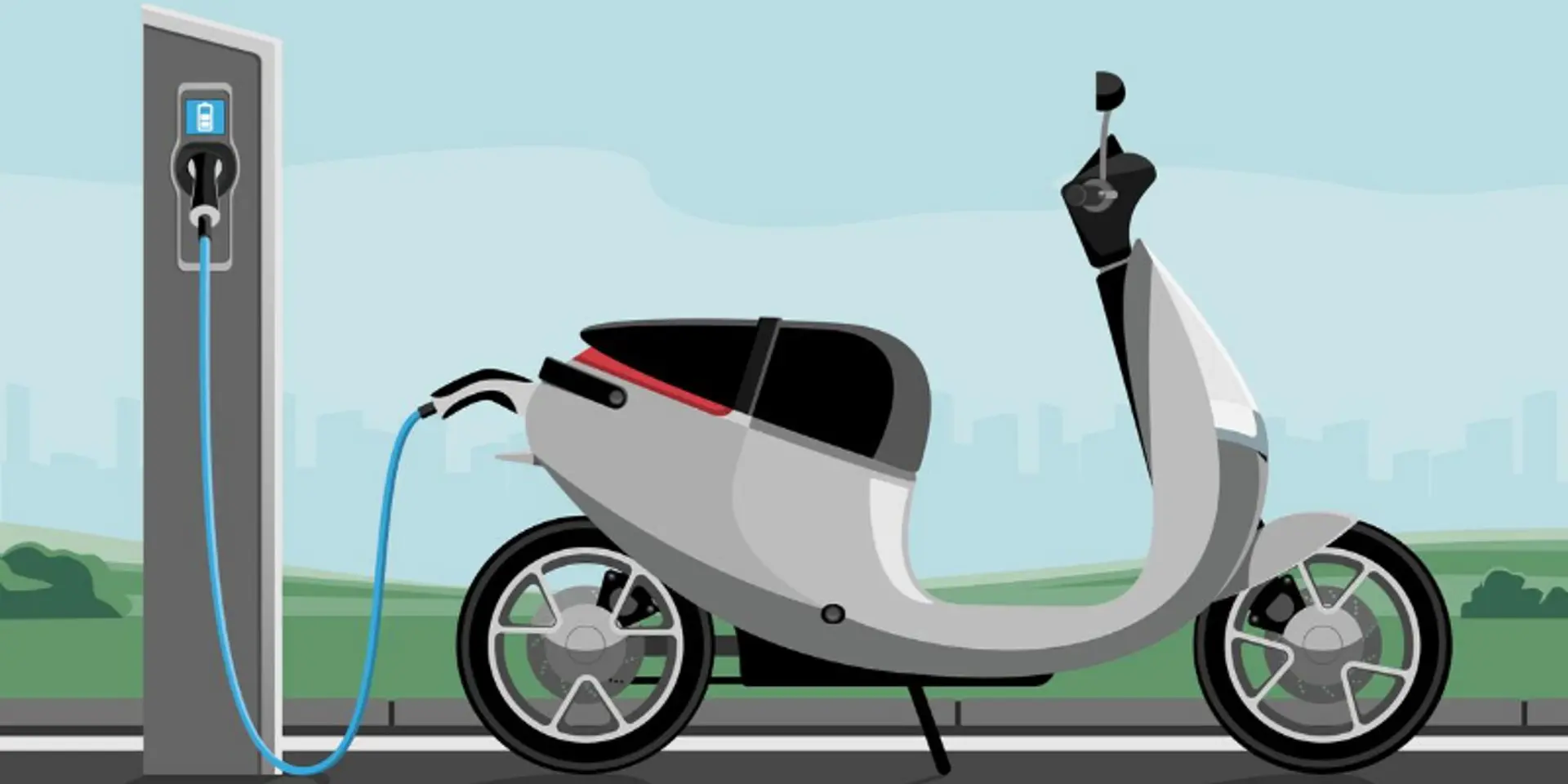Budget 2024: EV sector pins hope on purchase subsidies for EV 2- and 3-wheelers, buses; lower taxes
For the electric vehicle sector, Budget 2024 will likely focus on advancing the FAME scheme to accelerate adoption, particularly in public transport such as e-buses. Stakeholders also hope for increased subsidies and potentially relaxed localisation requirements to bolster the sector.
The electric vehicle (EV) industry’s biggest expectation from Union Budget 2024 is an advancement on the Faster Adoption and Manufacturing of Hybrid and Electric Vehicles (FAME) scheme, the second iteration of which expired on March 31, 2024.
Finance Minister Nirmala Sitharaman’s interim, pre-election budget offered much-awaited support for EV charging infrastructure, especially on the manufacturing side. It also zoomed in on public EV infrastructure to boost the adoption of e-buses.
With the full Budget 2024 now on the anvil under the newly-formed government, industry stakeholders have renewed their expectations for a new phase of the FAME scheme.
The scheme is expected to have a budget outlay of around Rs 10,000 crore, the same as FAME II, according to two sources YourStory spoke with. It will continue to offer purchase subsidies on electric two- and three-wheelers.
Four-wheelers are likely to be exempted from the scheme as the focus is more on boosting adoption of the more common and public Indian transportation preferences, one person from the ministry said.
FAME III will also likely extend beyond the 7,000 public e-buses the earlier scheme had covered, and provide subsidy for at least 10,000 buses.
Localisation norms, which tripped several original equipment manufacturers (OEMs) during FAME II, could see some relaxations, one of the sources told YourStory.
“There was a lot of back and forth between the government and two-wheeler OEMs on localisation, and accusations flew every which way of the scheme not being administered properly…the internal thinking is that maybe 100% localisation wasn’t the best way, so FAME III’s certifications could be more relaxed,” says a person privy to regulatory discussions.
Hybrid vehicles, which are becoming increasingly ubiquitous, could receive some support in subsidies too, the source quoted above said.

EV charging
Import taxes have been a bone of contention for several EV manufacturers who want to set up shop in India, and the issue came to a head with Tesla eyeing an entry.
While the company has seemingly snubbed India at the moment as per news reports, the ecosystem is still hoping for tax concessions. In March this year, import duty on cars priced $35,000 or higher was slashed to 15% from the prevailing 70-100%, so long as the manufacturer invests a minimum of $500 million within three years, as well as adhere to localisation milestones set out by the policy.
Existing international players such as Kia, BYD, VinFast, etc., are hoping that with Tesla out of the picture for the time being, the import duties could be tweaked to bolster the market for established manufacturers. For one, they’ve requested that the government consider all the funds they’ve contributed to date as part of the $500 million investment requirement, an auto industry body source told YourStory.
Other than import taxes, manufacturers are also hoping the government will rationalise goods and services tax (GST) on electronic components, especially battery packs, cells, and other critical components used in EV powertrains. The government, in 2023, had already removed custom duties on capital goods and machinery required to manufacture lithium-ion cells.
Other wishlist items
Given that heavy industries such as steel, cement, and logistics are, by far, the most polluting entities, the government has been looking for ways to help them reduce their carbon footprint and meet its aim of achieving carbon neutrality by 2070.
In addition to own offset mechanisms, the industry has been calling for government help to transition to EVs within these sectors as well.
“We hope the government offers incentives for heavy commercial vehicles (HCVs) to encourage the mining, steel, cement, and logistics industries to transition from diesel-powered to eco-friendly electric HCVs. These measures will not only make these sectors more sustainable but also significantly contribute to India's overall goals for green mobility,” says Ravi Machani, Co-founder at Tresa Motors.
Beyond manufacturing and sales subsidies, EV players also reckon it would help if the government actively boosted usage, especially in commercial sectors.
“Subsidies should be based on the utilisation of the vehicles, rewarding operators who integrate EVs into their fleets and maximise their usage. This way, the subsidy becomes a tool for promoting actual impact rather than mere ownership,” says Ashok Vashisht, Founder and CEO, WTI Cabs.
“Those who merely purchase EVs for show should not be the primary beneficiaries. Instead, subsidies should reward those who utilise these vehicles extensively, thereby maximising their environmental and economic benefits,” he adds.
Edited by Megha Reddy









